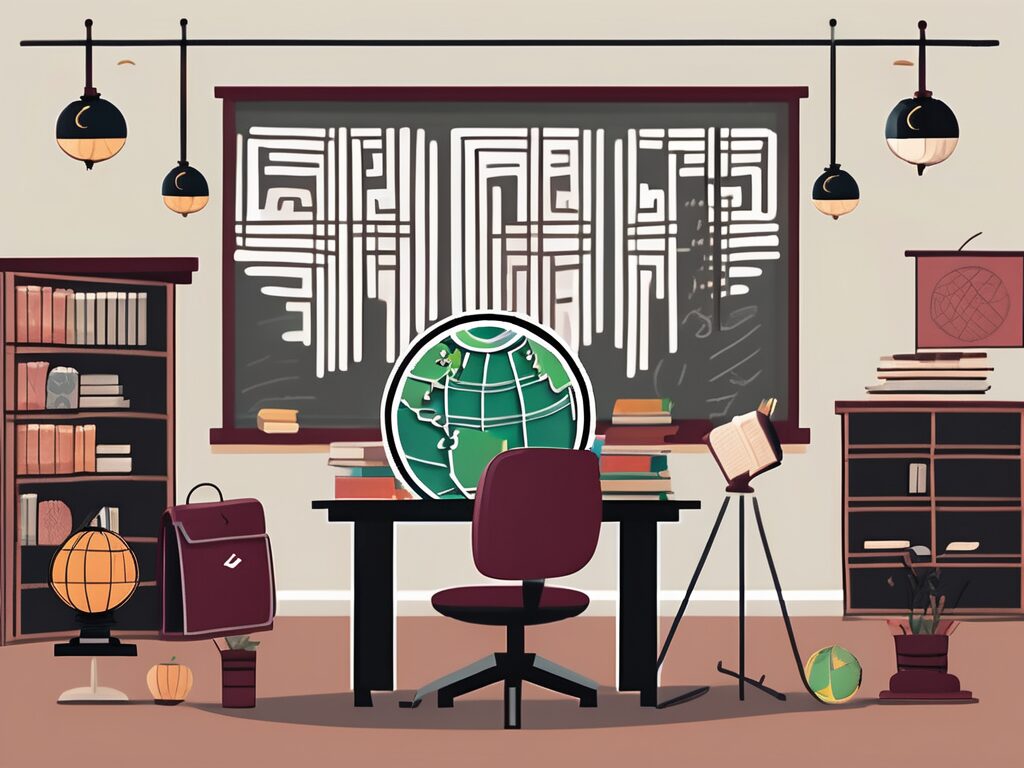The profession of teaching, while rewarding, is not without its unique set of challenges. This is particularly true when teaching in foreign countries, where cultural differences, language barriers, and differing educational systems can create a complex landscape for educators to navigate. In this context, we will explore the teaching challenges in two distinct nations – China and Qatar.
Understanding the Cultural Landscape
China: A High-Pressure Environment
In China, education is highly valued and is often seen as the primary pathway to upward mobility. This cultural emphasis on education has resulted in a high-pressure environment for both students and teachers. Teachers are expected to maintain high academic standards and are often under pressure to ensure their students excel in examinations.
Moreover, the Confucian philosophy, which places a high value on respect for authority, permeates the classroom environment. This means that teachers are highly respected, but it also means that they are expected to command the classroom with authority. Navigating this balance can be a challenge for foreign teachers who are not accustomed to such a dynamic.
Qatar: A Blend of Tradition and Modernity
Qatar, on the other hand, presents a different set of cultural challenges. The country is a blend of tradition and modernity, and this is reflected in its educational system. Qatari society places a high value on education, but there is also a strong emphasis on maintaining cultural and religious traditions.
For teachers, this means that they must be sensitive to cultural norms and religious practices while also striving to provide a modern, comprehensive education. For example, the teaching of subjects such as history or literature must be done in a way that respects Islamic values and traditions.
Language Barriers
Teaching in a Second Language: The Chinese Context
Language is another significant challenge for teachers in China. While English is taught in schools, it is not the primary language of instruction. This means that teachers must be able to communicate effectively in Mandarin, which can be a daunting task for those who are not native speakers.
Even for those who are fluent in Mandarin, understanding the nuances and subtleties of the language can be difficult. This can lead to misunderstandings or miscommunications in the classroom, which can hinder the learning process.
English as a Medium of Instruction: The Qatari Scenario
In Qatar, the situation is somewhat different. English is widely spoken and is often used as the medium of instruction in schools. However, this does not mean that language barriers do not exist. Many students are more comfortable with Arabic, and this can create challenges for teachers who are not fluent in the language.
Moreover, even when English is used, teachers must be aware of the differences between British English, which is commonly taught in schools, and American English. Understanding these differences and being able to teach in a way that is accessible to all students is a key challenge for teachers in Qatar.
Educational Systems and Curriculum
China: A Test-Centric Approach
The Chinese educational system is largely test-centric, with a strong emphasis on rote learning. This approach can be challenging for teachers who are more accustomed to a more interactive, student-centred approach to teaching. Adapting to this system and finding ways to engage students within these constraints is a significant challenge for teachers in China.
Furthermore, the curriculum in China is often rigid and leaves little room for flexibility. This can be frustrating for teachers who are used to having more freedom to adapt their teaching methods and materials to meet the needs of their students.
Qatar: Striving for Educational Reform
Qatar, in contrast, has been striving for educational reform in recent years. The country has been working to shift away from traditional rote learning methods and towards a more student-centred approach. However, implementing these changes is not without its challenges.
Teachers are often tasked with implementing new teaching methods and curricula without adequate training or support. Moreover, there is often resistance to change from both students and parents, who are accustomed to the traditional methods of teaching. Navigating these challenges and successfully implementing educational reform is a key challenge for teachers in Qatar.
Conclusion
Teaching in China and Qatar presents a unique set of challenges, from navigating cultural differences and language barriers to adapting to different educational systems and curricula. However, with patience, flexibility, and a willingness to understand and adapt to these differences, these challenges can be overcome.
It’s important to remember that while these challenges may seem daunting, they also present opportunities for growth and learning. By embracing these challenges, teachers can not only enhance their own professional development but also make a significant impact on the lives of their students.
Elevate Your Teaching Career with IPGCE
Ready to transform the challenges of teaching in China and Qatar into milestones for your professional development? Join the UK’s #1 Teacher Training Course, the International Postgraduate Certificate in Education (iPGCE), and gain the qualifications you need to stand out in international schools. With our program, you’ll not only increase your chances for interviews and promotions but also join a thriving global network of educators. Embrace the flexibility of online study and enrich your understanding of global education systems, all while advancing your career. Don’t let inadequate credentials or isolation hold you back. Join IPGCE today and start your journey towards a more rewarding teaching experience.

